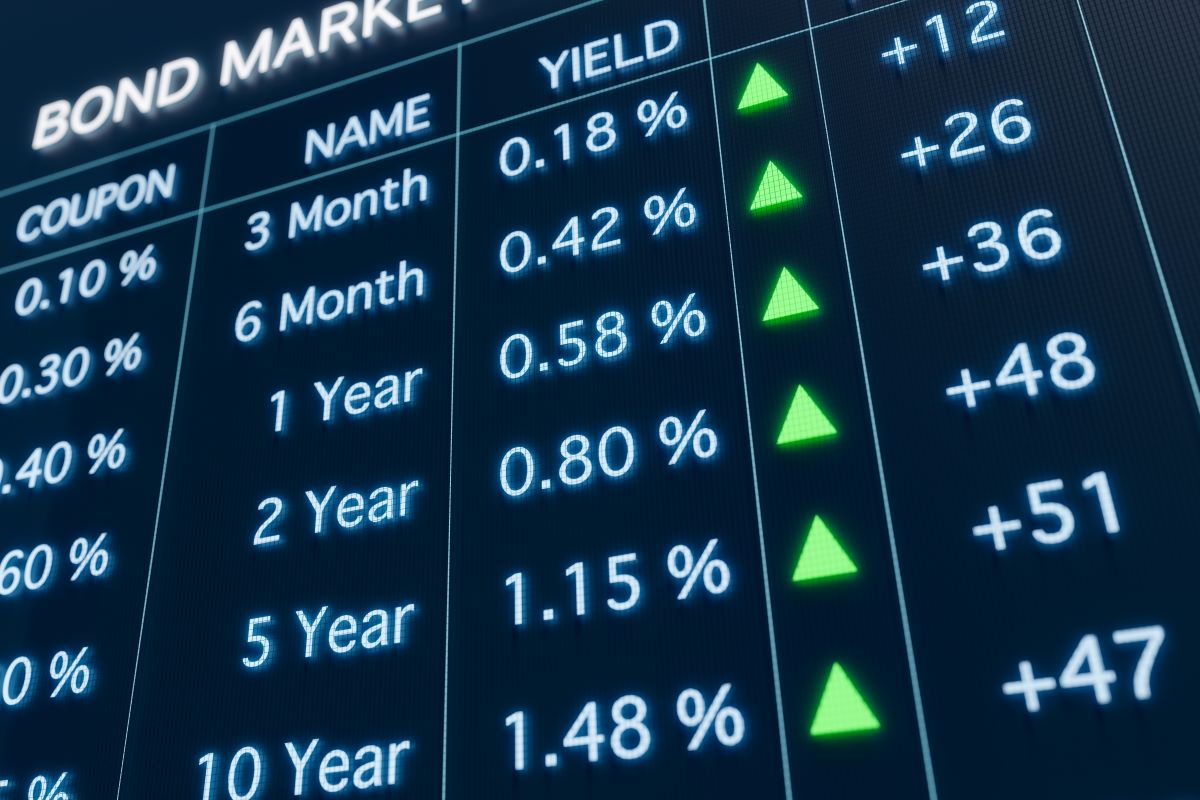Taming inflation without causing a recession is a tough nut to crack, and the bond markets have begun to price in the risks. According to Sarasin & Partners, the rise in bond yields across the global bond markets every quarter signifies this situation. “The rise in yields across global bond markets last quarter brought home a reality that many had long suspected,” says Guy Monson, Chief Market Strategist and Senior Partner of Sarasin & Partners.
The asset manager points out that the long rate hike cycle is continuing for the Federal Reserve (Fed), the European Central Bank (ECB), and the Bank of England (BoE) over the past two months, and bond markets are reacting to this as the yields rise. However, UK gilts are different because their yields have stayed around 4.4% after a sharp sell-off earlier in the year.
Sarasin states that this time, the global central bankers are determined to retain rates near current levels, at least until the second half of 2024. It says that the path to hiking rates is slow, but the path to easing it is rapid.
Then, the asset manager talks about the risk of a renewed inflation shock caused by higher energy prices and its negative impact on the bond markets. Among other major challenges, Sarasin cites the rise in the issuance of bonds.
The asset manager reminds us that high issuance does not always lead to higher yields. It mentions Japan and says that the country has accumulated record debt relative to GDP, but its bonds have persistently had the lowest yields across the globe.
Subsequently, the asset manager contends that investors have only relied on equities because yields on bonds and cash are close to zero or negative in most of the eurozone. However, bonds have emerged as an attractive asset class now. Monson concludes by saying, “Today, with US and UK cash yields above 5% and government bonds above 4.5%, there are compelling alternatives, particularly if you believe that today’s inflation targeting will ultimately bear fruit.”
Read the complete insight here.
Read more

T. Rowe Price
Why US Treasuries may no longer be a safe haven
US Treasuries recent performance has fallen short of expectations.

Candriam
The euro bond market is back in focus
Rising yields and shifting fiscal dynamics are bringing the euro bond market back into focus.

Lombard Odier
EM equities – potential opportunities amid challenges
EM equities face renewed pressure amid US trade policy shifts, slowing growth, and investor outflows.

US Markets
100 days of Donald Trump
The first 100 days of Donald Trump’s second term have shaken markets. Asset managers weigh in on US equities, bonds, and the dollar.





















